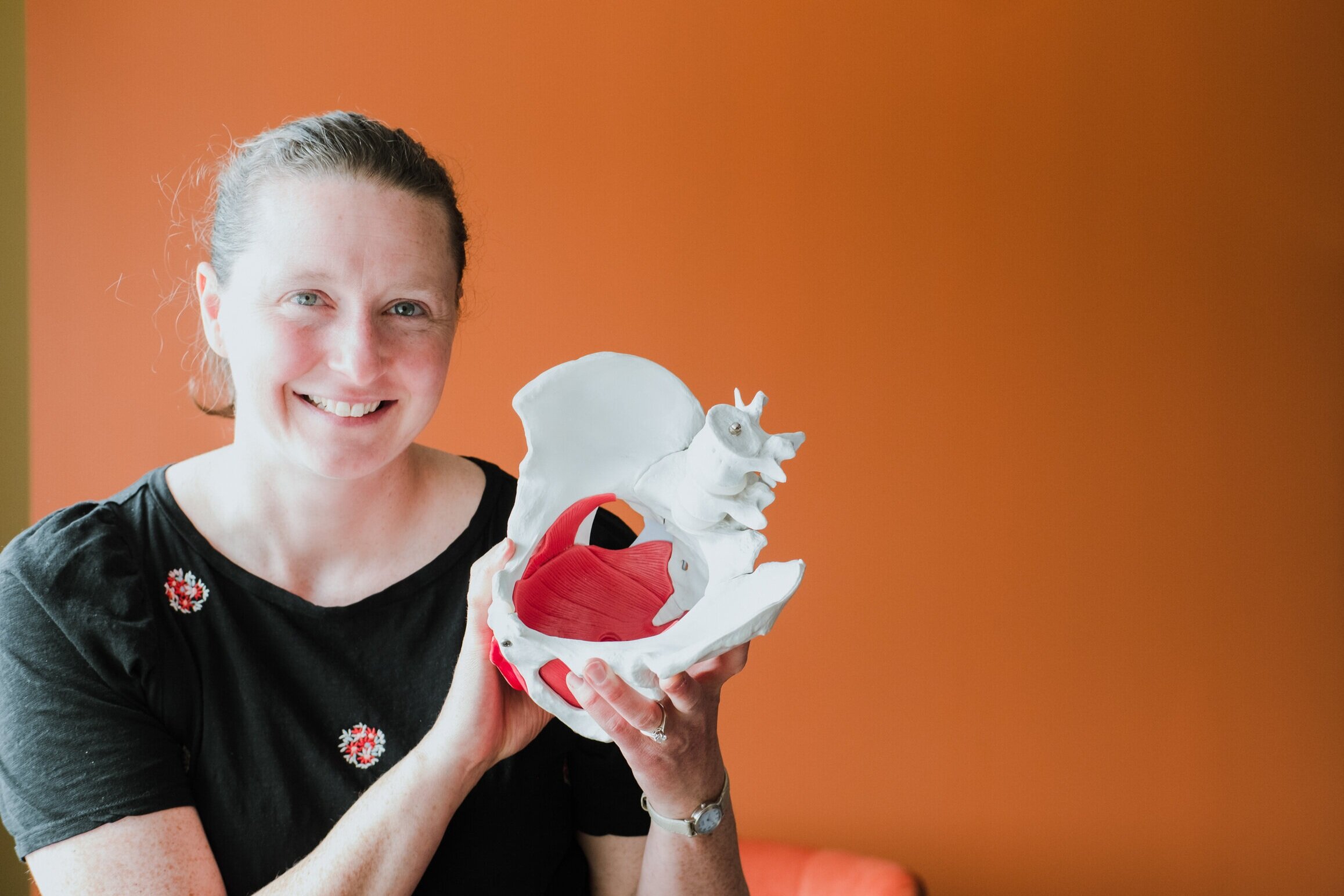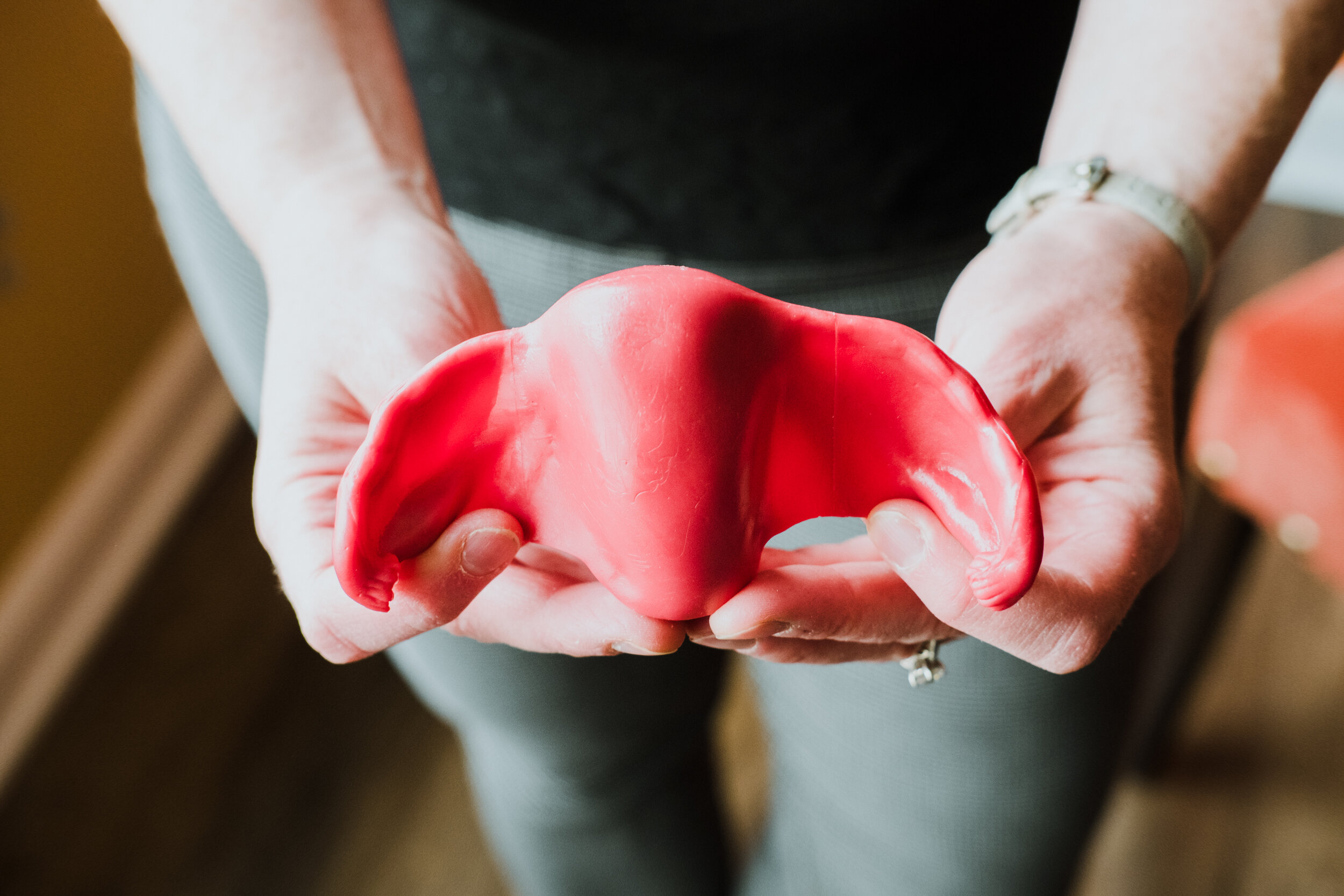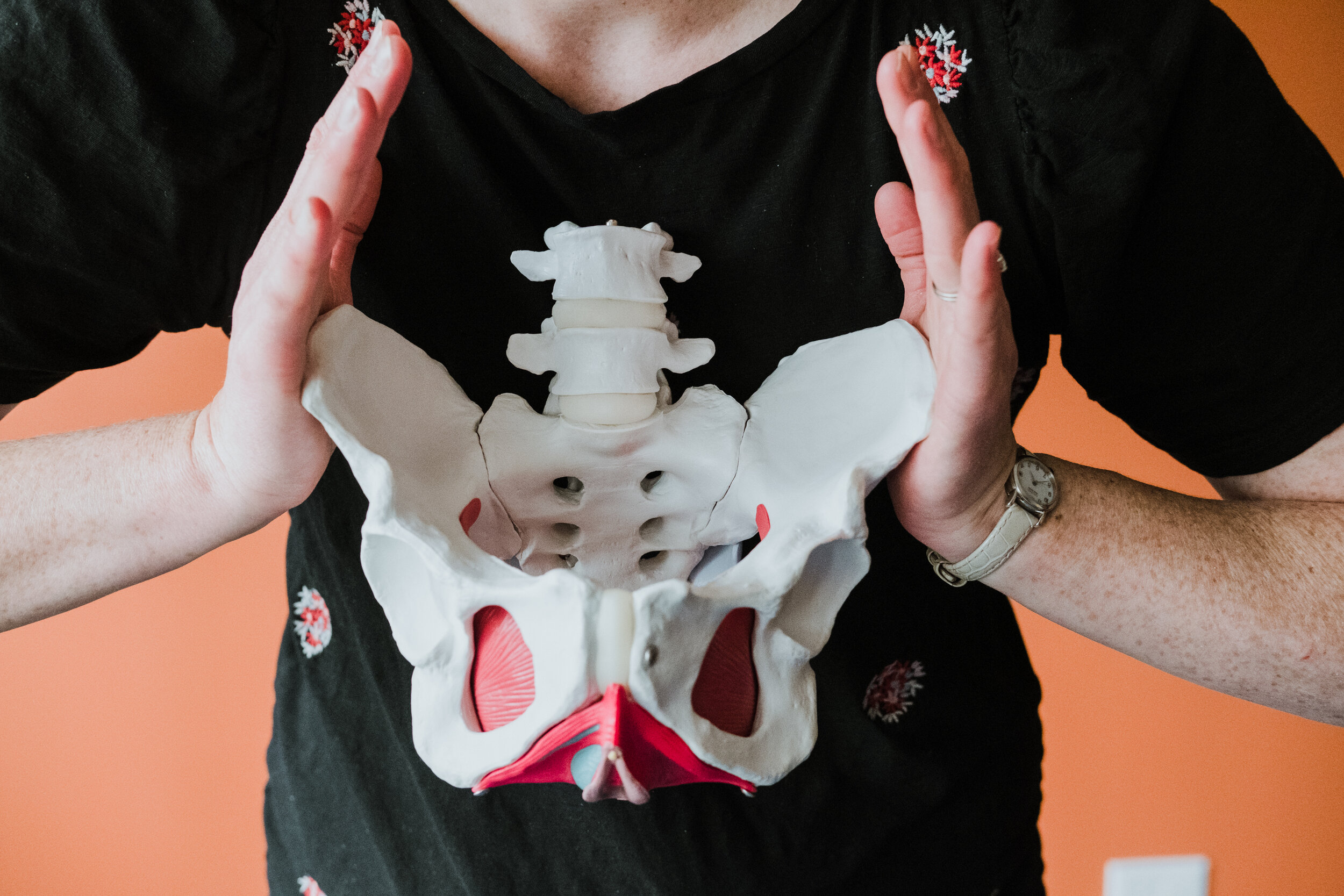5 crucial exercises for pre and post pregnancy health with video instructions- from a Chicago - North Side - Pelvic Floor physical therapist.
Exciting News! Meet Dr. Katherine Uttech, PT, WCS, CAPP-OB, PCES, from New Journey Physical Therapy, located on the vibrant North Side of Chicago.
It's astonishing that, as women bearing children, we aren't routinely directed towards pelvic floor physical therapy—a vital resource during a time that, while beautiful, places tremendous strain on our bodies.
Did you know that post-pregnancy recovery takes an entire year?
There's a clear need for more education and support to aid faster and more effective healing. Unfortunately, such resources are not as accessible as they should be.
At New Journey Physical Therapy, Dr. Kate committed to changing this narrative.
As part of my commitment to comprehensive care, every one of my birth doula or birth photography or even Maternity and Newborn clients receive valuable resources to local physical therapists.
I strongly advocate for birthing individuals to seek out this support, and we actively collaborate with healthcare providers who readily refer their patients for physical therapy.
My standout recommendation on the North Shore and in North Chicago is Dr. Kate Uttech. Personally experiencing the transformative impact of her expertise, I can't recommend her enough. Dr. Uttech resolved my three-year-long chronic pain, initially misdiagnosed as a protruding disc, revealing the true culprit—pelvic floor muscle dysfunction.
Physical therapy during pregnancy extends beyond pain relief;
it's about alignment, ensuring your baby is optimally positioned for birth. With Dr. Uttech's guidance, you'll not only learn effective pushing techniques but also foster a smoother recovery process.
Embark on your journey to holistic well-being with New Journey Physical Therapy and Dr. Kate Uttech.
Your body deserves the specialized care that supports you through the beautiful yet challenging phases of motherhood.
In fact Dr. Kate says her services are for:
“...two main types of people:
People who are pregnant or postpartum (new flash: you are postpartum after having had a child, no matter how many years it has been)
OR
People who (whether they have been pregnant or not) that are experiencing issues between their belly button to their mid-thigh.”
Dr. Kate’s Mission is to nurture and empower people on the journey of pregnancy and beyond.
When asked what inspired her to become a Pelvic Floor PT she said:
“I went into pelvic and perinatal physical therapy after learning about the gross mismanagement of care for pregnant and postpartum people in this country. As a whole, our culture leaves people to fend for themselves and figure out their own recovery. For decades and generations people normalized weakness, incontinence, and pain during and after pregnancy. I get it, there was no treatment available, so it was really the only choice. I think normalizing these conditions, was a way to feel better about their lot in life. Effective, low to no risk treatment options have been available for over 30 years now, but people are still being told that they need to suffer for no reason. I am done with that! I became really passionate about spreading the truth of how well people can live during and after pregnancy. If you want to lift weights, jump on the trampoline, run, or anything else during or after pregnancy you can. Not only can you do it, but you can do it without pain, incontinence, or feeling weak. You can feel strong and healthy every day, and you deserve to prioritize yourself enough to achieve it! “
Dr. Kate has agreed to share with us 5 Expert tips and exercises for a healthy pelvic floor.
1) Fix your neck, back, shoulder and hip discomfort
Sidelying trunk rotation
This exercise feels seriously amazing. It is safe to do at every stage of pregnancy, during labor, and for most people who are at least two weeks postpartum. I give this to clients who feel tight, who have pain in their neck/back/shoulders/hips, who are 8 months pregnant and do nto feel good in any position, or who are 4 weeks postpartum and unable to imagine feeling good exercising yet. Almost universally, this exercise just feels amazing.
Text instructions:
Start lying on your side with your knees and hips bent to approximately 90 degrees and arms stretched out in front of you. Raise your upper arm and rotate through your spine as far as you can go. Make sure you keep your knees stacked one on top of the other - squeeze a rolled towel between your knees to help you keep a good position. Relax into it to feel your chest open up and your spinal flexibility improve. Ideally your shoulders would both be on the floor, but go as far as fels good for your body.
2) Improve your strength, balance, and coordination
Squats:
I love squats! With good form a squat is a great exercise for the entire lower body and trunk. Squats can also be easily modified to be easier or harder, and to incorporate upper extremity movements to make it a full body workout. The struggle is that most people do squats wrong, or focus on aspects of form that do not need to be the priority. Being able to do a simple body weight squat really well is essential. It means that you can use that base movement in a variety of ways to improve your strength, balance, and coordination.
Text instructions:
When squatting your spine should not bend, it should remain in a neutral position with your abdominal wall and pelvic floor engaged for support. Your hips and knees should bend at the same time, not one then the other. Your butt should stick out far behind you as if you are trying to sit in a chair and your knees should not cross far over your toes.
3)Lengthen your glutes
Quadruped Rockbacks:
This exercise is much harder than it looks. Especially for those people who walk around clenching their gluts all day every day. By the way, if you are clenching your gluts all day you should stop! Postpartum, our muscles are stretched and unable to provide adequate support to your pelvis and trunk. We have a tendency to clench with any muscle we can engage to make ourselves more stable, but it's a sort of false stability. It's using the wrong muscles for stability, and then our gluts are not available to move us through space (up and down from a chair for instance). After clenching for weeks, months, or years the gluts are short and rockbacks are a great way to lengthen them. This exercise should be performed with a neutral spine, and the goal is to rock back, keeping in a neutral spine position, while allowing our gluts to lengthen.
Text instructions:
Start in a neutral spine position on all fours. Neutral spine means that your natural curves are present in the spine, not that your spine is straight. Rock back to your heels, keeping the abdominal muscles engaged to maintain neutral spine, and do not allow your spine to round. You can see that my gluts are a bit short at the time of filming this video as my spine rounds a bit through the movement, but I round less with the second repetition demonstrating how quickly mobility can be improved.
4) Improve your breathing
Back Body Expansion for Breathing:
Did you know you could breath wrong? You can absolutely breathe wrong, and in all likelihood you are. Breathing should be effortless, but most people put in more effort than necessary. If your rib cage moves up and down as you breathe, then you are using your accessory muscles of respiration to assist your diaphragm. These muscles are meant to assist with breathing, but unless you just finished an intense workout they should not be helping. Definitely not when you are vegging out on the couch reading blogs on your phone. Did you know your lungs are behind your heart and close to the spine? This means that an optimal breathing pattern will include movement in the back of the rib cage, right where the lungs are. Rock backs are going to help you achieve this more optimal breathing pattern, or at least closer to it!
Text Instructions:
Set yourself up in a very deep squat holding onto the bottom of a very sturdy object (bed frame, heavy table, door frame, heavy desk). Now just breathe. Watch in the video how my rib cage is expanding posteriorly with each deep breath. That is what you want to feel too.
5) Improve your pelvic floor
Hooklying March with Pelvic Brace for Stability:
Beyond contracting and relaxing your pelvic floor to pump in blood and improve healing, this is usually the first "core" exercise I suggest for my clients to attempt. It is not usually a physically hard exercise, but it teaches awareness. In the early postpartum period, awareness is really as much as your body is ready for. You do need to be able to contract and relax your pelvic floor and lower abdominal muscles to do this exercise.
Text Instructions:
Lie down on your back with your knees bent and feet flat. Exhale as you engage your pelvic floor and abdomen. The goal is to keep your rib cage down, abdominals and pelvic floor pulled in, and pelvis still while marching your legs.
We hope these useful exercises will help you stay relaxed and strong during pregnancy and after birth.
And remember to set your PT appointment especially if you are carrying and birthing a baby.
New Journey Physical Therapy




